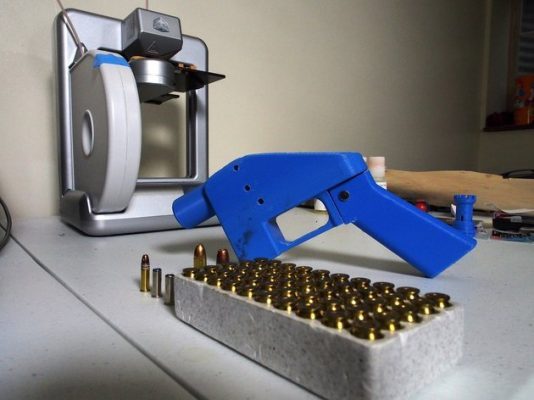Microrobots Can Do Controlled Swimming
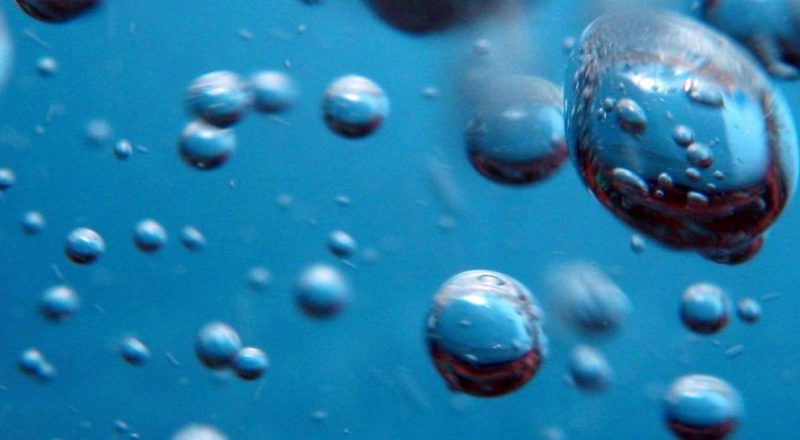
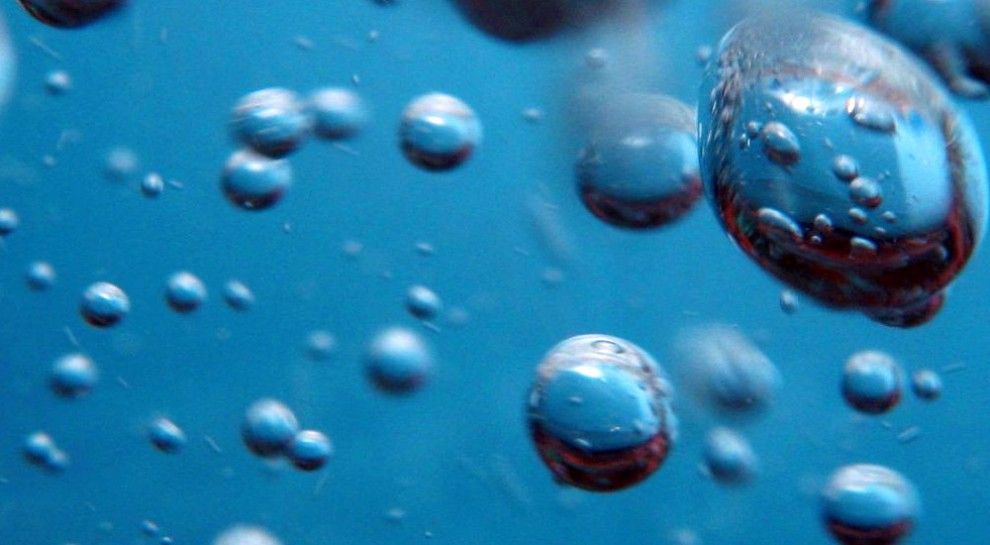
Robots can be scaled down to the micrometer scale for tiny tasks such as puncturing retinal veins and incising tissue. Researchers at Drexel University have developed a manufacturing method that utilizes the minimum geometric requirements for fluid motion. This means they are now able to make simpler, smaller microrobots consisting of two micro particles that are conjoined and then coated with bits of magnetic debris.
Since it is extremely difficult to shrink batteries to the size of bacteria, the microrobots are exposed to an external magnetic field to control and maneuver them. The iron oxide debris coating is affected by the magnetic field, causing the microrobots to spin and move around in a way that is similar to bacterial flagella.
MinJun Kim, a professor in the Mechanics and Mechanical Engineering Department at Drexel University in Philadelphia, notes that traditional technical limitations of fabrication technologies are circumvented by the fact that the microswimmers are very simple. This allowed the research team to focus on the functionality of the microswimmers rather than the actual manufacture. As the microswimmers are created from particles, they work together well with other micro- and nanoparticle based technologies. Drug delivery systems made from nanoparticles is one example that comes to mind.
Reynolds numbers is a ratio of forces that governs the amount of turbulence present in fluids and objects under flow conditions. Kim explains that at low Reynolds numbers, viscous forces become dominant while inertial forces become negligible. This has the effect that reciprocal motion (the way fish use their fins) can’t be used, and the microswimmers must use nonreciprocal motion, in much the same way that bacterial flagella do. In nonreciprocal motion, rotational motion is converted to translational motion.
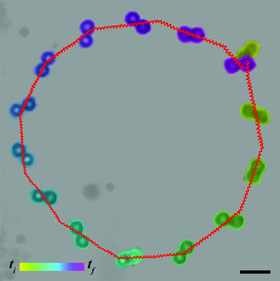
(Image credit: Kim/Drexel)
A previous research paper had already defined the minimal geometrical requirements for the fabrication of microswimmers that operate at low Reynolds numbers. Many existing fabrication methods of micro robots use specialized chemistry and lithography methods. This involves elastomeric materials and molds.
Rather than use the traditional fabrication methods, researchers opted to use chemical conjugation and magnetic self-assembly to manufacture their particle-based microswimmers. The magnetic beads are only four micrometers wide and have to be bound in pairs. To achieve this, Kim and his colleagues prepared two separate batches – one batch coated with biotin and the other with avidin proteins. These proteins were chosen because they form one of the strongest non-covalent bonds found naturally.
The conjoined pairs were then exposed to iron oxide flakes one micrometer thick. This caused the flakes to adhere to the microsphere surfaces magnetically. The completed microswimmers were then placed inside a simple PDMS (a common silicon-based organic polymer) chamber.
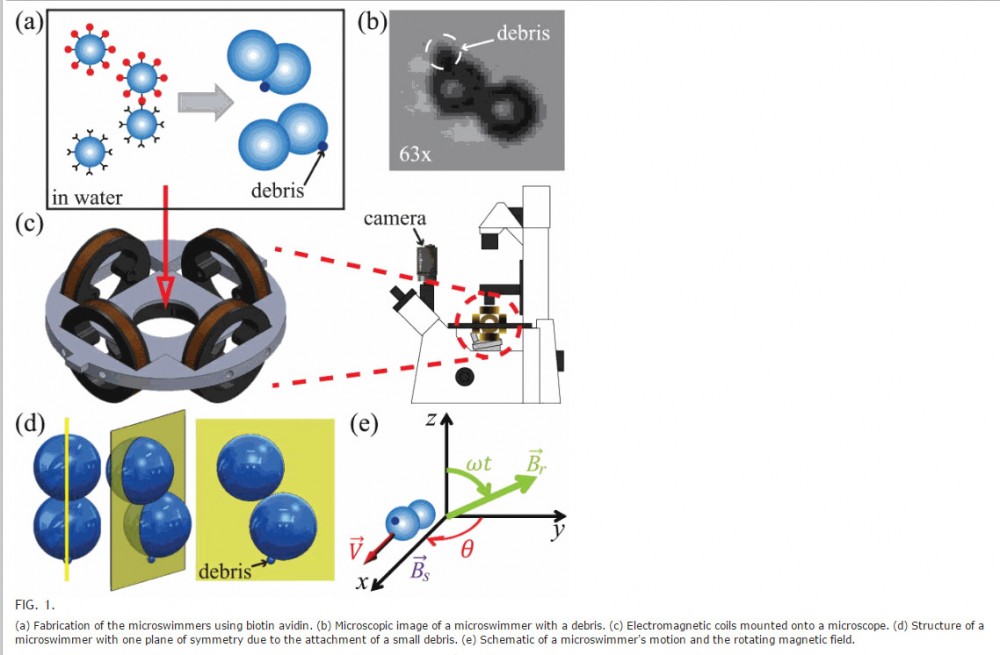
An electromagnetic coil system was mounted onto a microscope. The coil system has external controls to manipulate the direction, strength, and rotation frequency of the magnetic field, and the chamber containing the microswimmers was placed inside this system. This arrangement allowed the researchers to control the speed, heading direction and swimming motion of the microswimmers.
The results prove that very simplistic microswimmers can be controllable fully at low Reynolds numbers, making them viable for .tiny tasks such as puncturing retinal veins and incising tissue. Further research is needed to test a range of applications for the robots. The team intends to do this by substituting the magnetic debris with nanoparticles to facilitate a systematic investigation of particle size.
Research has been published in the journal of Applied Physics Letters.
Save




